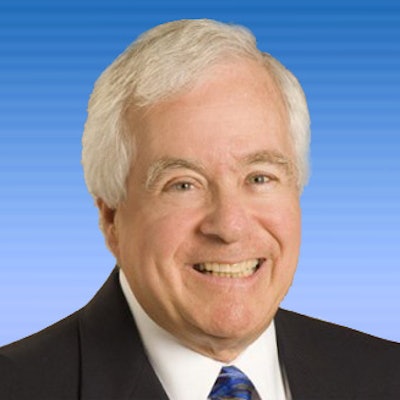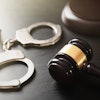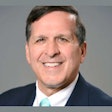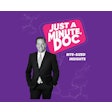
Have you ever wondered how an employer-sponsored, qualified retirement plan would affect your dental practice? You have probably wondered about which plans are best and how to choose one.
 Bruce Bryen, CPA, CVA.
Bruce Bryen, CPA, CVA.Listen closely, because we are shining a light on the most important points when it comes to choosing a retirement plan for your dental practice.
First, let's get this out of the way. Individual retirement accounts (IRAs), Roth IRAs, and other retirement plans are designed for the individual and do not include participants of a dental practice. Therefore, they are not qualified, employer-sponsored options. Individual retirement plans have statutory limits, which means it limits the amounts of tax-deductible contributions or nondeductible contributions that are not taxable upon distribution.
Now, that we've gotten that out of the way, let's move on to those qualified, employer-sponsored plans that may work for your dental practice.
Defined benefit plan
This type of plan allows for tax-deductible contributions, based upon certain conditions, at amounts in excess of $125,000 per year. It is an expensive plan to initiate because it requires consulting with actuaries, dental certified public accountants (CPAs), and possibly other financial advisors. Getting feedback from these experts allows a dental practice owner to get the largest allocation amount of tax-deductible contributions. Many dentists worry about the amounts allocated to employees. Unfortunately, there's no reason to fret. The net tax effect of employee allocations is insignificant. With the owner's deductible allocation and the net tax cost of the employees, it is the perfect plan for owners who qualify.
To get the most for the cost of a defined benefit plan, a practice needs the following:
- The owner should be at least 50.
- The practice's employees should be on the younger side.
- The owner should have a good, consistent number of years with good earnings and high taxes under his/her belt.
Though those are ideal conditions, there are variations that offer tremendous benefits to owners who have an employee base that is older. Nevertheless, the owner's age is the most important factor, since the plan is based on that person's retirement age and the number of years needed to reach that age.
Try looking at it this way. If an owner is 55 and plans to retire at 65, this person has only 10 years to contribute enough to get the benefit that is defined in the plan.
It is important to remember that vesting schedules can be arranged to maximize the owner's age, health, and other factors to give a practice owner maximum advantage.
Defined contribution plan
Its name says it all. This type of plan has its contribution, not benefit, defined. This type of plan is most commonly referred to as a 401(k)/profit-sharing plan.
Laws determine the statutory amounts that may be contributed into a defined contribution plan. For example, under this plan in 2019, an owner who was 50 or older could defer up to $25,000 plus the amount determined by the dental practice earnings and the total amount deferred up to the maximum based on age.
Like all employer-sponsored qualified retirement plans, owners cannot exclude any employee from participating. So, if employee eligibility requires a waiting period to participate, then, all workers must wait to join the plan.
The safe harbor provision is an important part of this type of plan. Typically, the provision is equal to about 3% of each eligible employee's compensation. This provision, the allowable deferral, and the employer's ability to have a contribution on behalf of the participants allowed an owner in 2019 to be allocated a maximum of $56,000.
What it means for your practice?
Most dental practices employee a group of skilled people who enjoy assisting in treating patients and educating them about ways to improve their oral hygiene. They help you keep and gain new patients, allowing your practice to thrive. A retirement plan rewards their hard work and commitment.
Depending on the vesting schedule, they can watch their nest eggs grow with much of the contributions coming from their employers. It incentivizes the employee to defer as much income as he or she can, while allowing the owner to authorize additional amounts to be allocated to each of those participating in the plan.
Employees that stay with you for the long haul are a win for everyone. It helps cement the practice, allowing patients to get to know these people and trust them.
Get expertise before choosing
Now, that you know have a better understanding of what's available, it's time to reach out to a dental CPA who has experience implementing employer-sponsored, qualified retirement plans.
A dental CPA knows about practices and what plan each office can afford by looking at employee ages, compensation, and job descriptions.
Tap into the value of an employer-sponsored retirement plan that is best suited for your practice. Save for yourself, reward your employees, and reap the other benefits these plans offer.
Bruce Bryen, CPA, CVA, is a certified public accountant and a certified valuation analyst with more than 45 years of experience. You can learn more about him and his services here.
The comments and observations expressed herein do not necessarily reflect the opinions of DrBicuspid.com, nor should they be construed as an endorsement or admonishment of any particular idea, vendor, or organization.



















